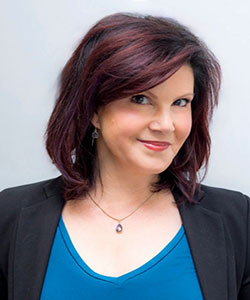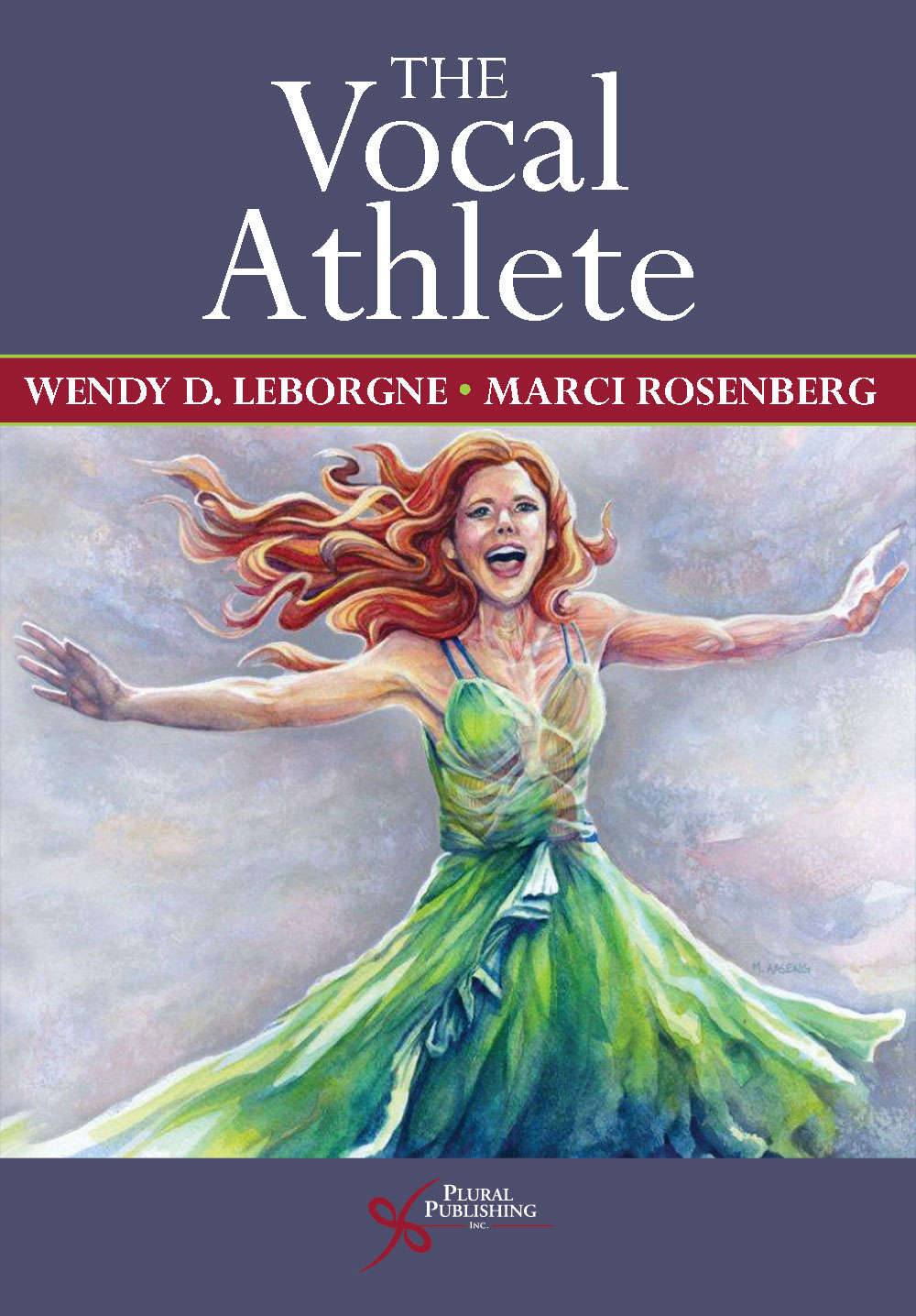
The Vocal Athlete..
First Edition
Marci Daniels Rosenberg, Wendy D. LeBorgne
Details: 328 pages, B&W, Softcover, 7" x 10"
ISBN13: 978-1-59756-458-8
© 2014 | Available
Overview
The Vocal Athlete and the companion book The Vocal Athlete: Application and Technique for the Hybrid Singer are written and designed to bridge the gap between the art of contemporary commercial music (CCM) singing and the science behind voice production in this ever-growing popular vocal style. This book is a must have for the speech pathologist, singing voice specialist, and vocal pedagogue. Heavily referenced, this text is ripe with current research on singing science as it relates to the CCM voice.
In addition to general singing science, The Vocal Athlete is the first book of its kind to address the unique vocal and physiologic demands of commercial singing from a sound scientific and pedagogical standpoint. Historical review of classical vocal pedagogy is interwoven and transitioned to current pedagogy of CCM. Anyone who trains singers will gain insight into the current research and trends regarding the commercial music artist. Specifically, promotion and maintenance vocal wellness unique to the high demands of the CCM artist are provided for career longevity. Readers are provided additional resources on the multidisciplinary roles relative to managing vocal injury for this high risk group of singers.
The Vocal Athlete distinguishes itself from other pedagogy texts by incorporating current peer reviewed literature in the area of CCM and its studio application. Also unique to this text are chapters on body alignment, traditional and holistic medicine, the lifecycle of the voice, and the physiology of belting.
The companion book The Vocal Athlete: Application and Technique for the Hybrid Singer is a practical array of vocal exercises and techniques described by experienced CCM vocal pedagogues. This book comes with a CD of the singing exercises to further enhance understanding of techniques and skills used in training these singers. (Learn more about The Vocal Athlete: Application and Technique for the Hybrid Singer).
These books are invaluable tools for anyone who uses or trains the singing voice.
In the December 2016 issue of Classical Singer magazine, Brian Manternach speaks with Wendy D. LeBorgne and Marci Rosenberg about classical vs. CCM singing, vocal health, and building a technique that is adaptable to many styles of music. Read the interview
Watch Wendy LeBorgne's TEDx talk on "Vocal Branding: How Your Voice Shapes Your Communication Image"
Reviews
"In writing The Vocal Athlete, LeBorgne and Rosenberg had no small task before them. Even today, much of the information on singing commercial music is scattered among various sources (some of which are pedagogically dubious). Much of the information available has been passed down from teachers in the guise of—this always worked for me—which, though often successful, can be difficult to corroborate. Although academic journals continue to publish studies designed to help define and identify the elements of successful and sustainable CCM singing, many voice teachers feel ill equipped to tackle the more dense concepts of voice science. In this regard, The Vocal Athlete is an important and necessary resource to further bridge the gap between the lab and the studio, translating academic knowledge into useful information through effective and codified tools. As voice scientists and speech-language pathologists, LeBorgne and Rosenberg provide data, techniques, and context that are well referenced and thoroughly researched. As singers and voice teachers, they write in a way that facilitates understanding and highlights practical implications for the voice studio."
—Brian Manternach, D.Mus, in Classical Singer (December 2016)
"...There's no stone unturned in The Vocal Athlete. In fact, the information is so thoroughly presented it probably deserves a second or third read. This text emphasizes the importance of body work and mindful practice in addition to "correct" technique, which is a large step in the right direction. You need strength and hunger in equal measure to get through this book, but you will feel more accomplished as a result."
—Freya Astrella, M.Mus, in Voice Council Magazine (October 2016)
"I will be using The Vocal Athlete for my Vocal Pedagogy class in the Spring. For many years I have been looking for a book that was the right combination of vocal science and classical pedagogy, yet at the same time an accessible read for the college classroom. This is the book; indeed, I have the feeling that this will become the go-to Vocal Pedagogy textbook for many years to come. The book is one of the first to address the unique challenges of the modern Contemporary Commercial Music field, but there is also an extensive chapter on the history of classical Vocal Pedagogy. This book has it all; and don't forget the workbook which is full of very useful exercises for the modern voice studio, indispensable for your students as they begin to teach."
—Barbara Fox DeMaio Caprilli, DMA, Assistant Professor of Voice University of Central Oklahoma, Artistic Director American Singers' Opera Project, NC, DMA Vocal Pedagogy Shenandoah Conservatory
Preface
Acknowledgments
Contributors
Section I. Structure and Function of the Voice
- Chapter 1. The Singer's Body: Alignment, Movement, and Intention
- Introduction
- Posture and Alignment
- Assessing Posture and Alignment
- Beyond Posture
- Chapter Summary
- References
- Chapter 2. Respiratory Kinematics
- Introduction
- Historical Overview of Respiratory Pedagogy
- Contemporary Respiratory Pedagogical Training
- Respiratory Pedagogical Summary
- Anatomy and Physiology of the Respiratory Mechanism for the Singer
- Respiratory Kinematics for Vocal Athletes—What the Research Tells Us
- Chapter Summary
- References
- Chapter 3. Laryngeal Anatomy, Physiology, and Function during Singing
- Introduction
- Role of the Larynx
- Basic Laryngeal Anatomy and Physiology
- Review of Nerve Supply to the Intrinsic Muscles
- Microstructure of the Vocal Folds
- Vocal Fold Vibration
- Phonatory Onset
- Vibrato
- Chapter Summary
- References
- Chapter 4. Neurologic Control of Voice Production
- Working from the Top Down: From the Singer’s Brain to the Singer’s Body
- Central Nervous System
- Peripheral Nervous System
- Autonomic Nervous System
- Summary of Neuromotor and Neurosensory Pathways for Voice Production
- Musical Performance Anxiety and Emotional Aspects of Singing
- References
- Chapter 5. Resonance and Vocal Acoustics
- Introduction
- Resonators and Resonance
- Focus and Placement
- Chapter Summary
- References
Section II. Vocal Health and Fitness
- Chapter 6. Impact of Phonotraumatic Behaviors on Vocal Health and Singing
- Introduction
- What Is Phonotrauma?
- Risk for Phonotrauma
- Impact of Phonotraumatic Behaviors on Voice and Singing
- When Is Vocal Rest Indicated?
- Voice Rest and Vocal Fold Surgery
- Wound Healing Physiology
- Vocal Rest versus Vocal Exercise
- Management of Phonotrauma
- Behavioral Intervention
- Direct Voice Therapy
- Medical and Surgical Management
- Chapter Summary
- References
- Chapter 7. Laryngopharyngeal Reflux: What the Singer Needs to Know
-
- Adam D. Rubin and Maria Cristina Jackson-Menaldi
- Introduction
- Symptoms
- Complications of Reflux
- How Do I Know if I Have Reflux?
- Treatment
- Chapter Summary
- References
-
- Chapter 8. The Singer’s Guide to Anesthesiology and Voice
-
- Andrew Rosenberg
- Introduction
- Basics of Anesthesia
- Procedures that Require Airway Devices
- Singer Concerns
- Airway and Vocal Tract Complications
- Chapter Summary
- References
-
- Chapter 9. The Life Cycle of the Singing Voice
- Overview
- The Pediatric Performer: Considerations for Vocal Performing in Children Through Adolescence
- Aspects of the Aging Voice and the Nonclassical Singer
- Chapter Summary
- References
- Chapter 10. Medicine, Myths, and Truths
- Introduction
- Medications and the Voice
- Reflux Medications
- Herbal Supplements and Vitamins
- References
- Chapter 11. Multidisciplinary Care of the Vocal Athlete
-
- Leda Scearce
- Introduction
- Chapter Summary
- References
-
Section III. Vocal Pedagogy for the 21st-Century Vocal Athlete
- Chapter 12. History of Classical Voice Pedagogy
- Overview
- Chapter Summary
- References
- Appendix 12-A. Classical Vocal Pedagogy Resources
- Chapter 13. Belting Pedagogy: An Overview of Perspectives
- Introduction
- Increasing Demand for Commercial Pedagogy and Belting
- Overview of History and Pedagogical Approaches for Belting
- Chapter Summary
- References
- Chapter 14. Belting: Theory and Research
- Introduction
- Belting—Perceptual Research
- Laryngeal Muscle Activity and Action during CCM Singing
- Voice Source Information on Belting
- Formants and Harmonic Findings/Singers Formant/Formant Tuning
- Intensity Findings
- Vibrato Findings
- Timbre/Spectral Slope Findings
- Nasality Findings
- Registration Findings
- The Science Behind the Singing: Inertance and Compliance Theories
- Chapter Summary
- References
- Chapter 15. Exercise Physiology Principles for Training the Vocal Athlete
- Introduction
- Muscle Fibers and Laryngeal Function
- Skeletal (Limb) Muscles
- Basic Training Principles for Exercise Science
- Research on Exercise Science for Voice
- Application of Exercise Physiology Principles for Training Vocal Athletes
- Vocal Warm Ups
- Voice Fatigue
- Monitoring Vocal Effort
- Chapter Summary
- References
- Chapter 16. Application of Motor Learning Principles to Voice Training
- Introduction
- Motor Performance versus Motor Learning
- Stages of Motor Learning
- Establishing Training Goals
- Structuring a Lesson
- The Forgetting Hypothesis
- Feedback and Cueing
- Reducing Learner Dependency
- Directing Learners’ Attention
- Chapter Summary
- References
- Chapter 17. The Art of Perfection: What Every Singer and Voice Teacher Should Know about Audio Technology
-
- Matthew Edwards
- Introduction
- Audio Engineers and the Art of Perfection
- Recording in the Early 20th Century
- Modern Recording Methods
- Live Performance
- Opera
- Listening Levels
- Understanding Modern Recording Technology
- Signal Processing
- The Basics of Live Sound Systems
- Teaching with Audio Equipment
- Chapter Summary
- References
-
Index
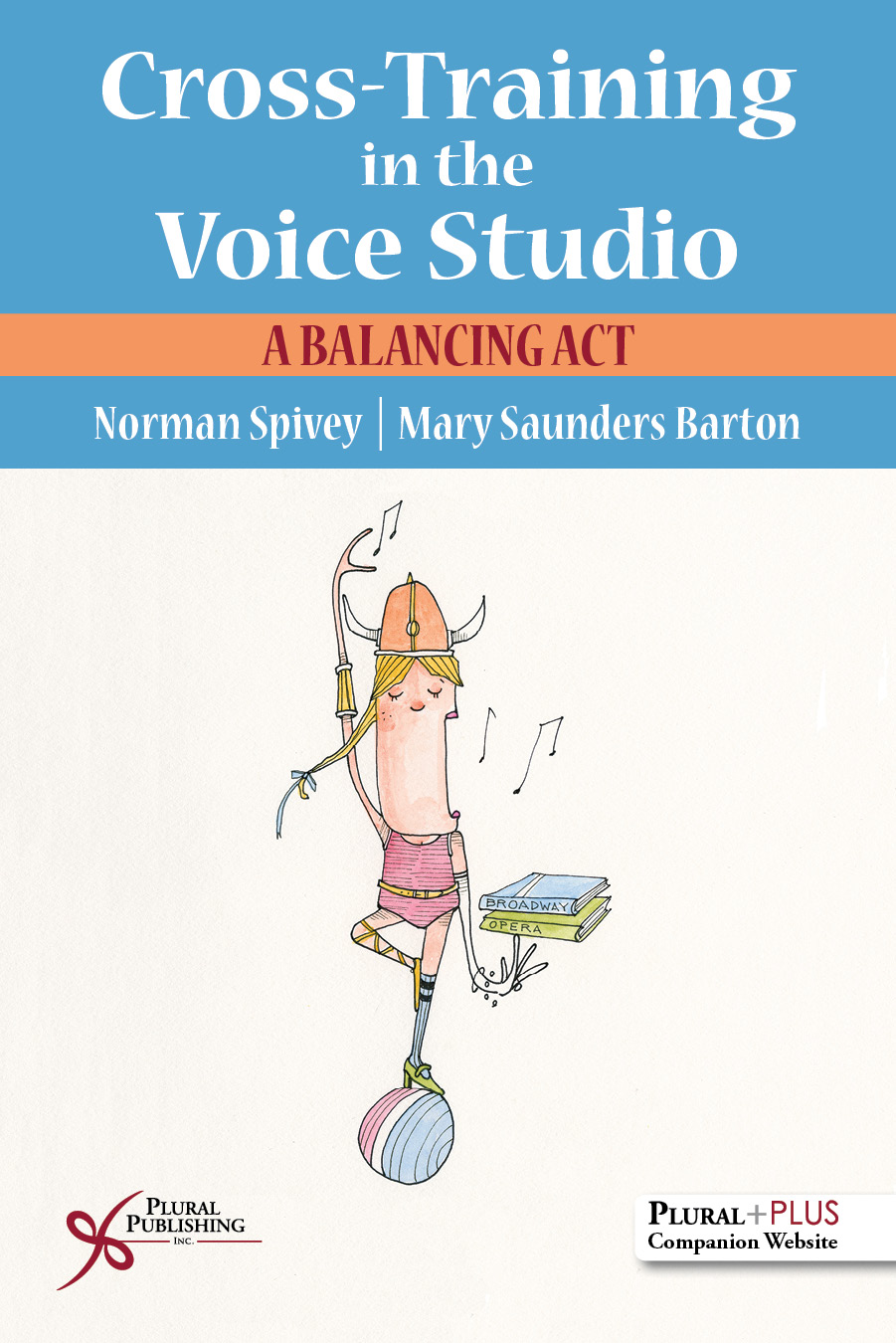
Cross-Training in the Voice Studio: A Balancing Act
First Edition
Norman Spivey, Mary Saunders Barton
Details: 151 pages, B&W, Softcover, 6" x 9"
ISBN13: 978-1-63550-037-0
© 2018 | Available
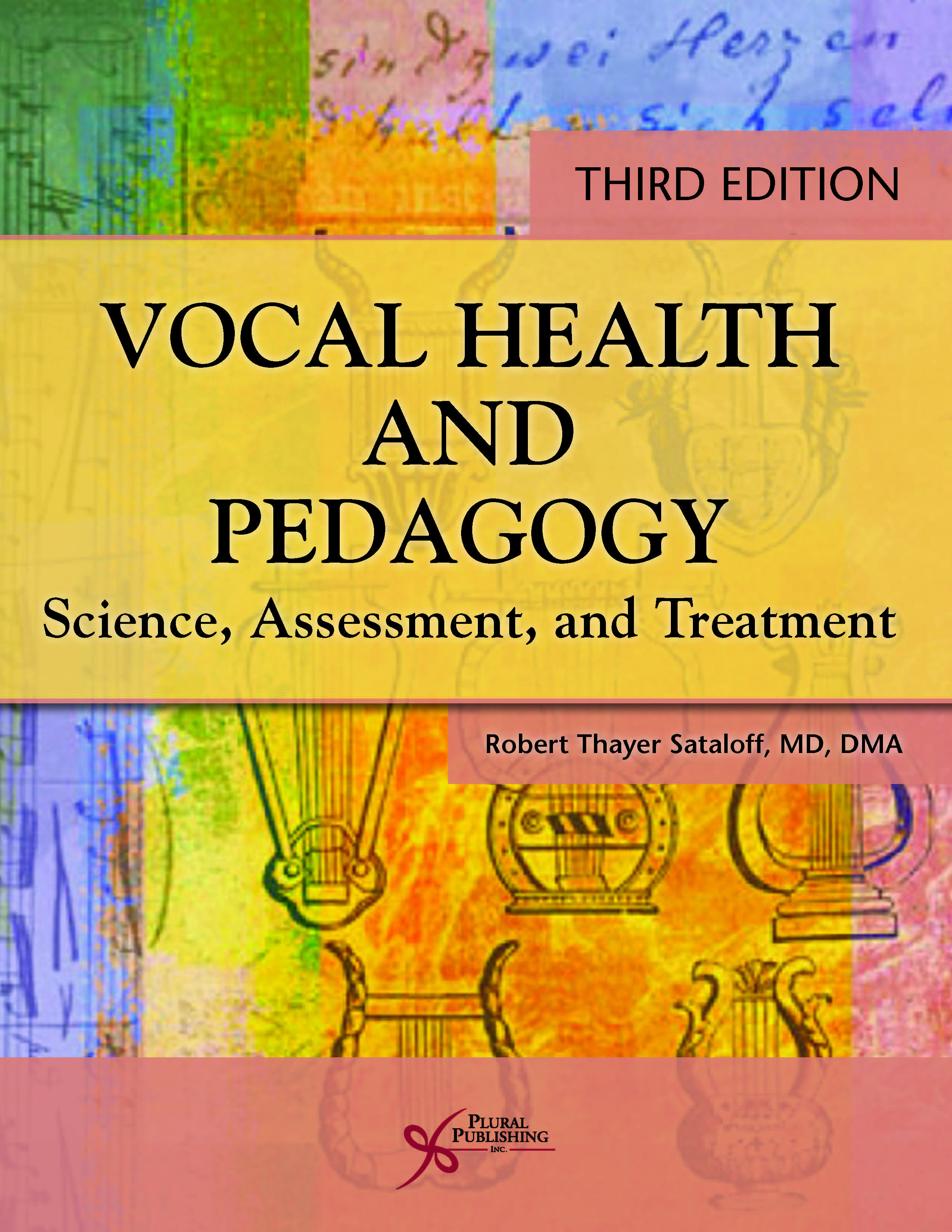
Vocal Health and Pedagogy: Science, Assessment, and Treatment
Third Edition
Robert T. Sataloff
Details: 984 pages, B&W, Softcover, 8.5" x 11"
ISBN13: 978-1-59756-860-9
© 2017 | Available
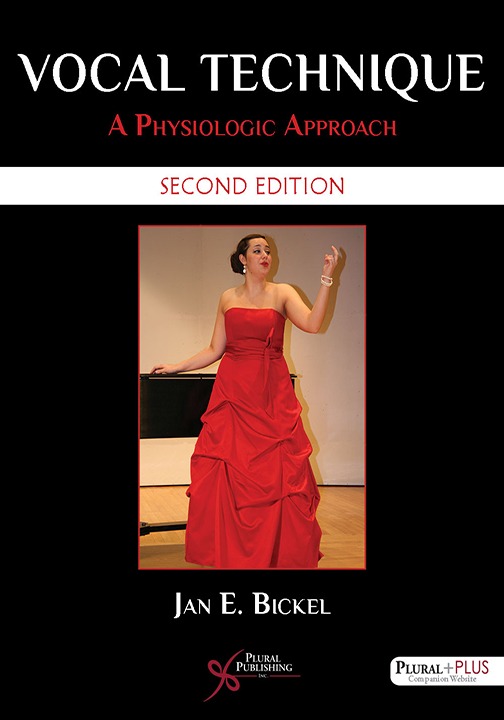
Vocal Technique: A Physiologic Approach
Second Edition
Jan Bickel
Details: 248 pages, B&W, Softcover, 8.5" x 11"
ISBN13: 978-1-94488-333-1
© 2017 | Available
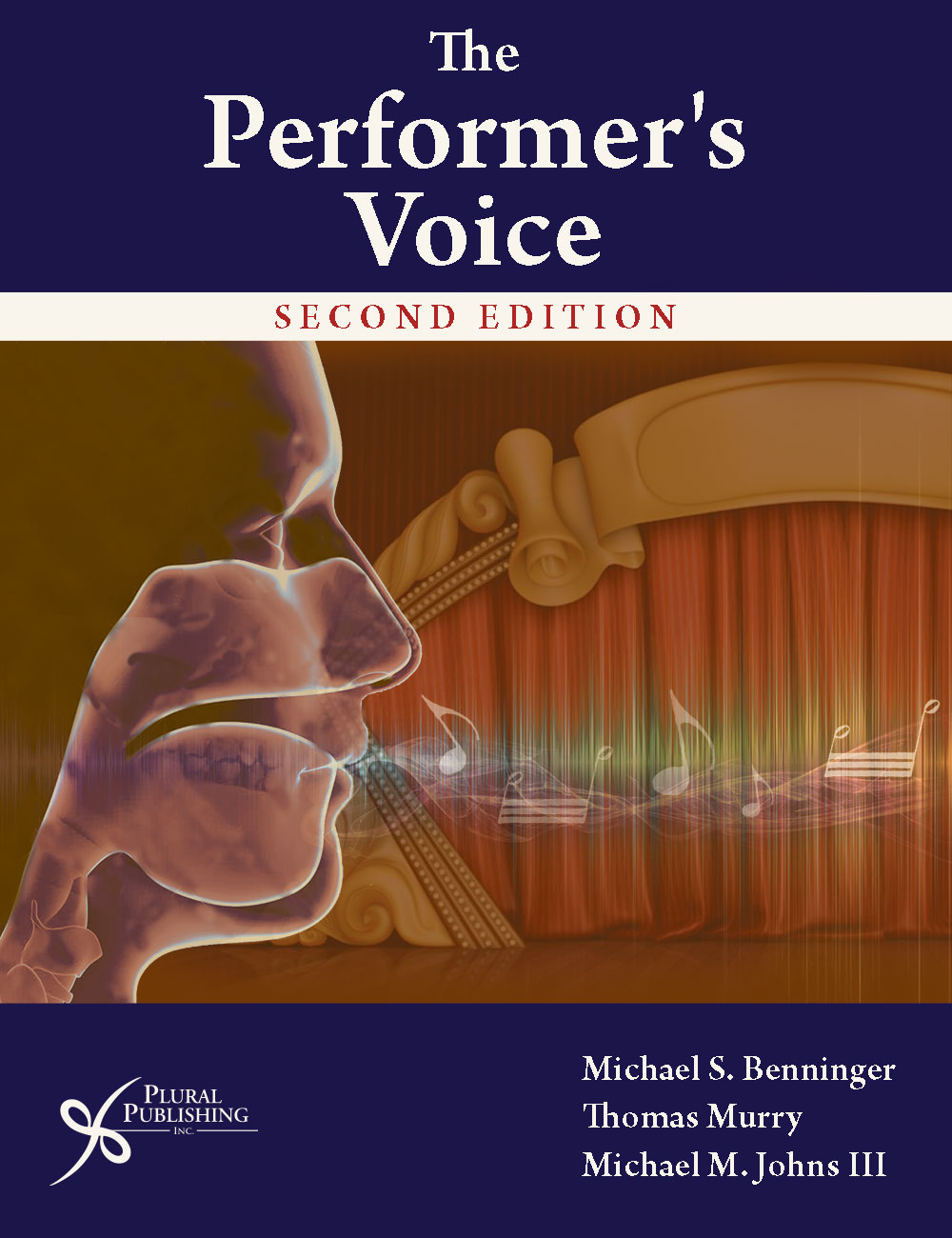
The Performer's Voice
Second Edition
Michael S. Benninger, Thomas Murry, Michael M. Johns, III
Details: 463 pages, Full Color, Hardcover, 8.5" x 11"
ISBN13: 978-1-59756-543-1
© 2016 | Available
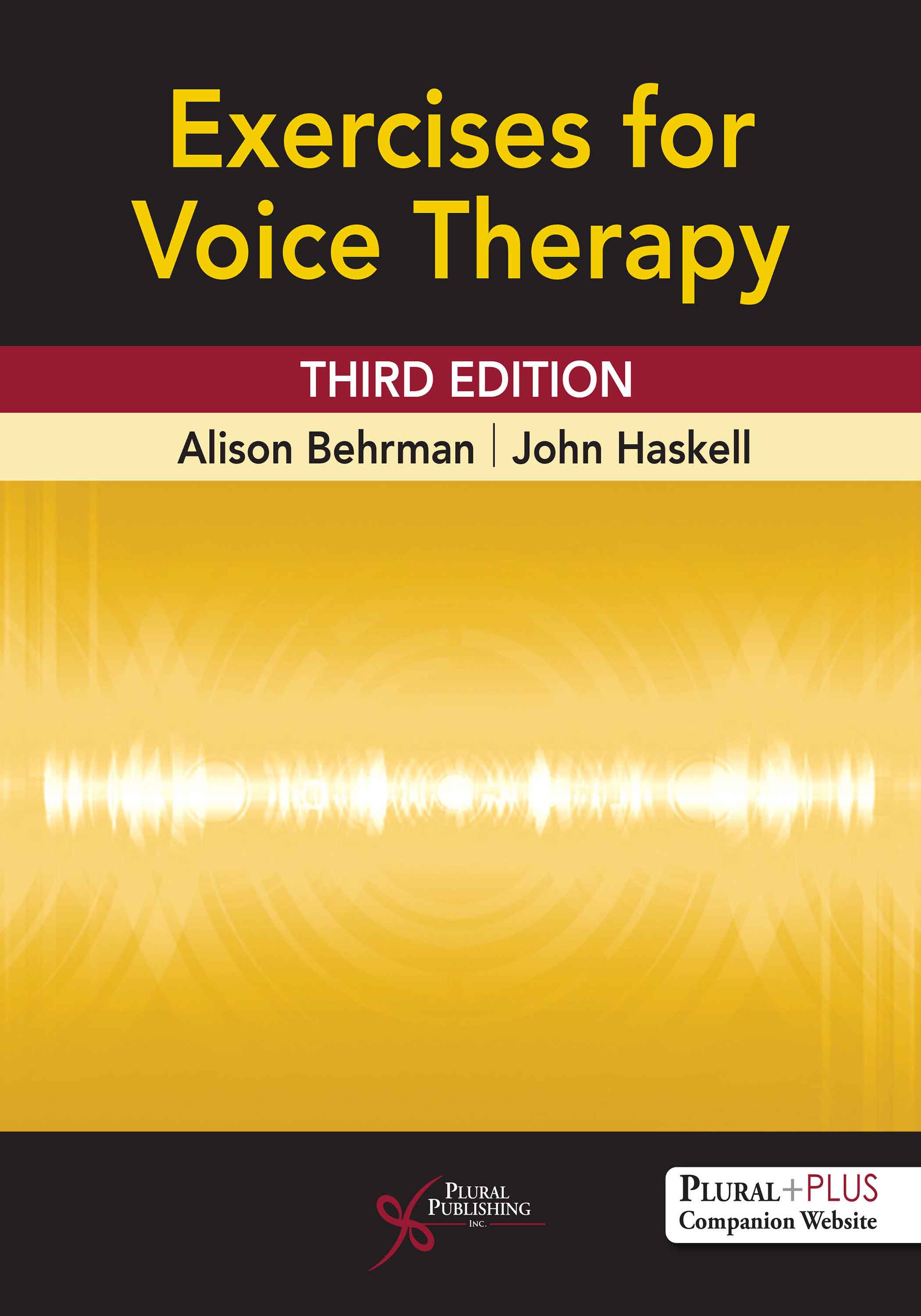
Exercises for Voice Therapy
Third Edition
Alison Behrman, John Haskell
Details: 289 pages, B&W, Softcover, 8.5" x 11"
ISBN13: 978-1-63550-183-4
© 2020 | Available
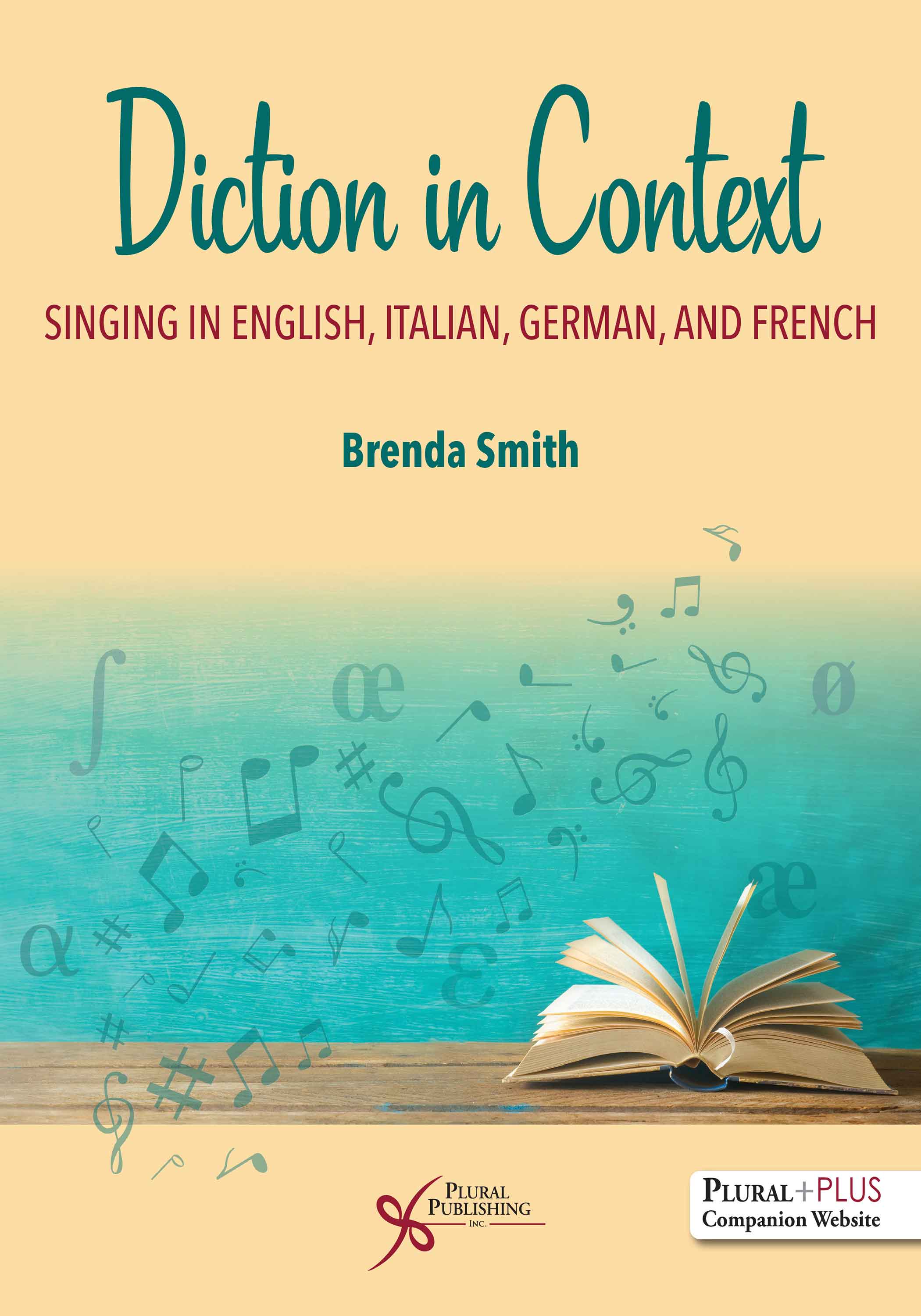
Diction in Context: Singing in English, Italian, German, and French
First Edition
Brenda Smith
Details: 345 pages, B&W, Softcover, 8.5" x 11"
ISBN13: 978-1-63550-120-9
© 2021 | Available

